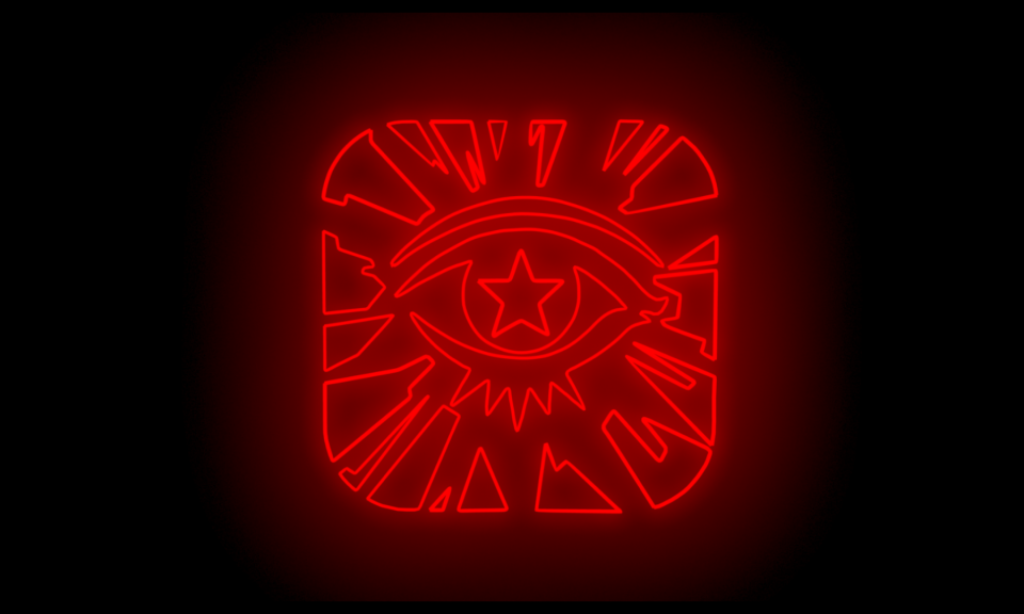Well…my project is done.
As of writing this, it is currently 4 am. I am finishing up any simple tweaks to the project, and cleaning it up to submit in a few hours.
This project was the first time I had full reign to design and create whatever I truly wanted in VR. The creative freedom was initially quite daunting, but over time, I understood how exhilarating it was creating my own concept and seeing it come to life over the months.
So, did I make hands into a game mechanic? Yes, I think I did.
Doing some research, I couldn’t find any other VR titles with a feature similar to mine, which I am very happy about. I was able to create a way players could take their hands – the core way they are represented in VR – and change it to suit their own needs.
I will admit the system ended up being a bit more limited than I had hoped. Initially, I wanted the player to be able to remove and reattach their fingers whenever they wanted, not needing to hit a reset button. Although, as of typing this, I already can think of OnCollision functions that could possibly allow this effect, so for now I will just chalk it up to lack of experience and time.
Coding was a bit challenge for me in this project. In the first year of the course, I figured out quickly I enjoyed 3D modeling more than other areas, and tried to focus my efforts on that primarily. However, if I ever want to get further into the industry, an understanding of other areas would always be beneficial. And so I decided I’d dedicate my time to coding more for this project.
Now don’t get me wrong, there were plenty of times I regretted doing this. A few errors that made me pull my hair out usually ended up being a capital letter missing, or an !. However, at the end of the day, I find myself much more confident in C#, and know I have the knowledge to work in it to make what I need.
And after all the hard work, the project works. The code is ugly, and the physics questionable, and many more issues I could find if I looked hard enough…but it works, and that means everything to me as someone who can rarely say they have accomplished anything as big as this.
I want to actively develop this system more. I say that about a lot of my projects, but I think I honestly mean it this time. I want to make it so you can reattach fingers on the go, I want to add different combo’s for new tools, and I want to make a full fledged VR experience out of this.
I’m not sure how busy my summer will be, but if its open, I might hop into Unity and keep working on tweaking the system to perfection. Heck, maybe I can make the full game my project for my final year.
I loved making Hybrid Hands

